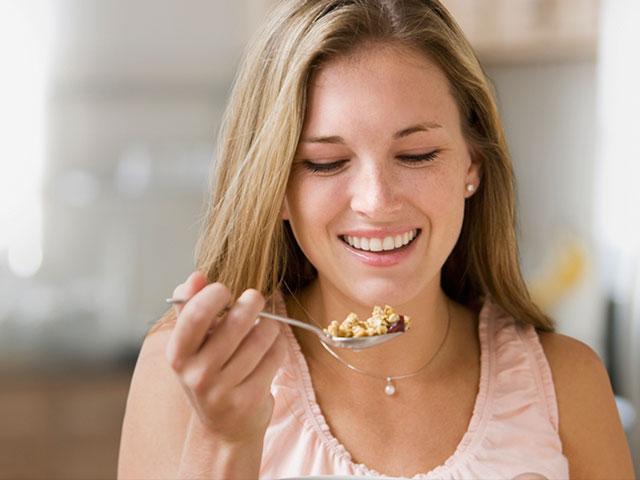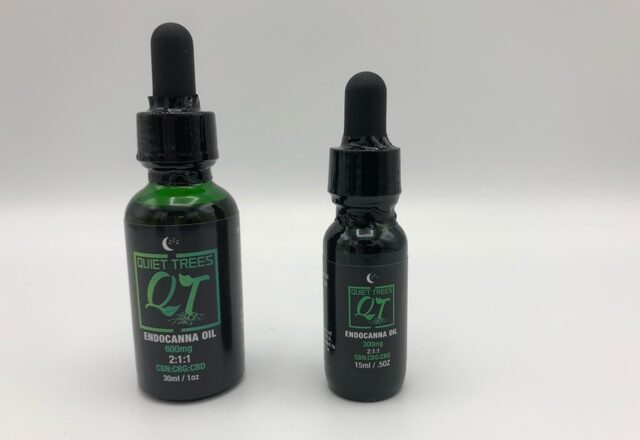Most people here start the day with bread, rolls, muesli or eggs. But how healthy is that? Is breakfast really as dangerous as smoking, as the British biochemist Terence Kealey claims? Should you just skip the petit-déjeuner and try it with interval fasting? The nutrition experts from Stiftung Warentest explain, give tips for a healthy start to the day – and reveal their own private breakfast habits. Read more here about NH Healthcare Pins and photo for further details.
Most people look forward to breakfast
The British call breakfast breakfast, literally fasting breaking, the French small fasting breaking, petit-déjeuner. The German term for the first meal of the day comes from the 15th century according to Duden and means “the piece of bread eaten in the early morning”.) Whatever the name of the first meal, most people look forward to it. For a good 37 percent of Germans, breakfast on weekdays is the most important meal – even before lunch and dinner.
Typical German breakfast includes rolls and bread
At the weekend, 87 percent of the tables are filled with rolls and bread in the morning – classic German. In addition there is butter, jam, sausage, cheese and 61 percent eggs. Increasingly, breakfasters are also experimenting with traditions from other countries: some like British lavishly with eggs, bacon and sausages, others French “petit” – a croissant is enough for them with a latte.

Diverse preferences
In the Nutrition Team of Stiftung Warentest – including the author of the text – the preferences range from feasting on Sundays to healthy wholegrain start-ups and muesli meals to a zero breakfast solution. What do your colleagues love about their first meal? Is it not only delicious, but also healthy? A visit to their home brought answers (see photos).
The colleagues are experts in healthy eating. But that doesn’t mean that they only have the ideal food on their table in the morning. What does a perfect breakfast consist of? Or should one rather do without altogether, like Thomas Koppmann? Breakfast – yes or no? There are not only different opinions, but also study results.
Chocolate only in moderation
Chocolate pops every day – that’s it! They’re delicious when they suck on milk. But Mom wants me to eat oatmeal.” Paulina – daughter of Isabella Eigner, journalistic director of the nutrition team at Stiftung Warentest – loves her breakfast and especially sweet chocolate cereals. 100 grams of it can contain more than 20 grams of sugar. The sugar content of unsweetened wholemeal flakes is limited. They still taste good and are a good source of fibre.
Small change, big effect
Just like the wholemeal alternative to the wheat roll, which Julia Leise, a fan of bread rolls, occasionally eats. “A fresh roll simply puts me in a good mood,” says the market analyst. “And some jam and a nice latte macchiato: the day may come.” Wholemeal fills up faster than rolls made from white flour and provides more fibre. Bakery products must contain at least 90 percent wholemeal cereals so that they can be called wholemeal bread or rolls.
Three rules for a good breakfast
Breakfast fans should follow three rules for a healthy first meal of the day:
Rule 1:
Everything made of whole grain is good. Like fruit, it provides plenty of fibre. The Deutsche Gesellschaft für Ernährung (German Nutrition Society) (DGE) quotes at least 30 grams a day as a guideline for adults. Two 50-Gramm-Scheiben whole grain bread contain for example well 8, a 75-Gramm-Kiwi scarcely 3 gram ballast materials – thereby already in the morning well a third of the daily need can be covered.

Who feeds much of these materials, is not only longer saturated according to DGE, but in addition well gefeit before blood high pressure and koronarer heart illness. Dietary fibre from wholemeal products is particularly potent: it probably reduces the risk of type 2 diabetes.
Rule 2:
Reduce sugar. Sweet crispy flakes or nut nougat cream should rather be pushed aside. Such sugar-sweetened foods are usually low in nutrients and contain unnecessary, empty calories. Choose vitamin-rich fruit instead. Natural yoghurt is added – and you are also supplied with valuable proteins.
Rule 3:
Watch out for hidden unhealthy fats. They are hidden in latte macchiato or caffè latte, which are prepared with lots of milk, but also in cold cuts, salami and other processed foods. Lean ham on bread is the better choice – or smoked salmon: it contains a lot of healthy omega-3 fatty acids. They lower the bad LDL cholesterol in the blood. They can also support the brain and inhibit inflammation.



